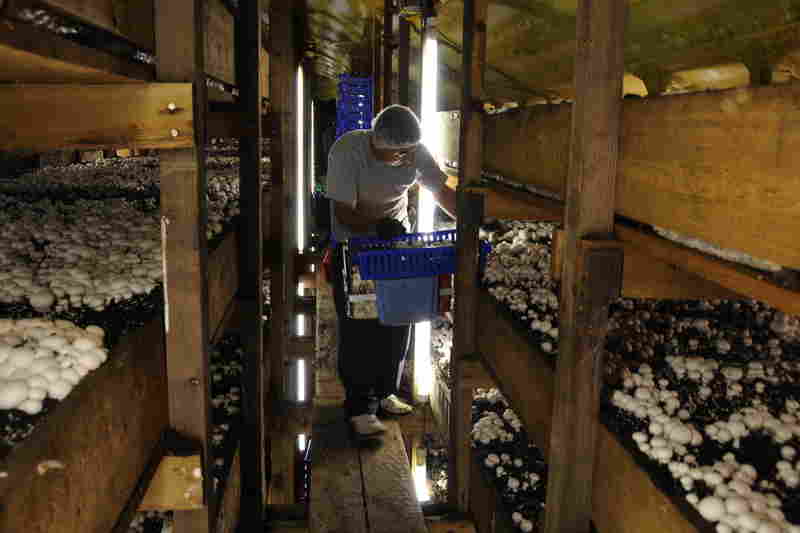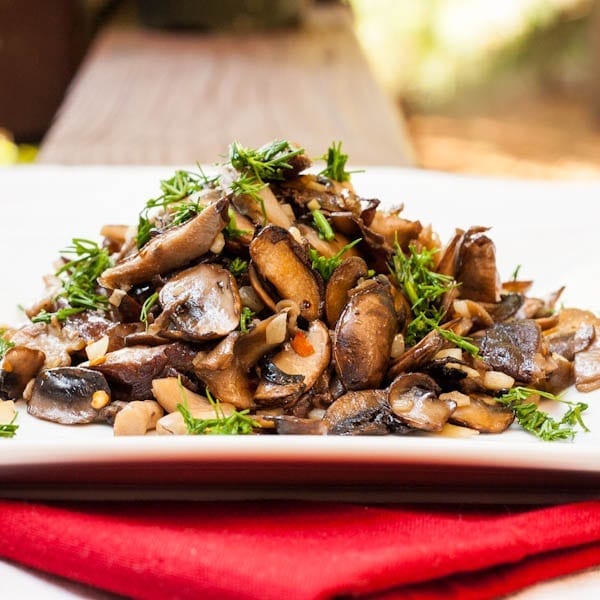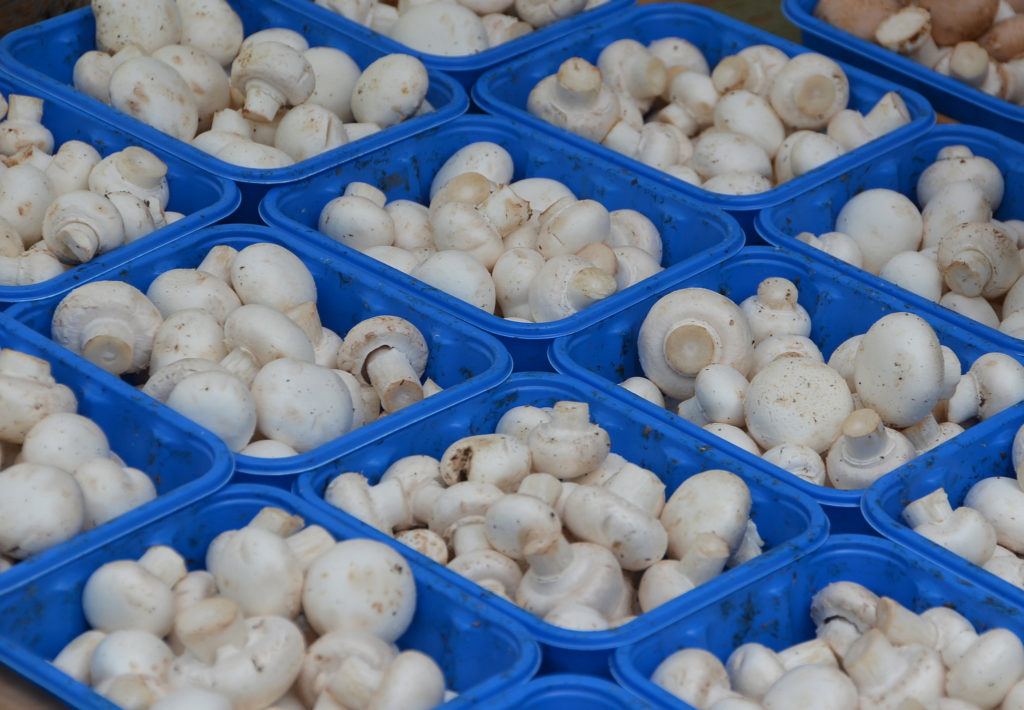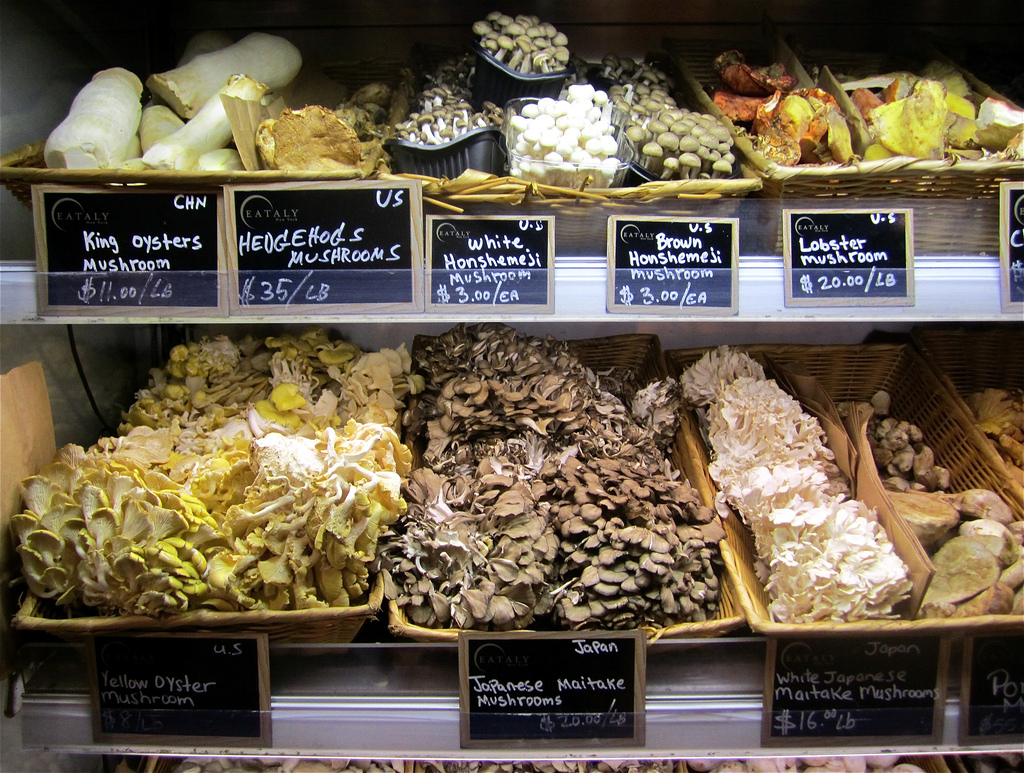As Kale moves to the onto the “Dirty Dozen” list its popularity may be starting to wane. The most likely reason it could be reaching new levels of pesticides is due to its overwhelming popularity as a health food. A new survey, however, is reporting that the time may have come for Kale to move over to make room for the newest trend in healthy eating. Enter the mushroom. Grocery stores are calling mushrooms the new kale, the “new celebrity in the produce aisle,” and consumers are gobbling them up.
According to Gale Ferranto of Bella Mushroom Farms in Chester County, PA, “We haven’t run out as yet, but we’re definitely trying hard to keep up.” Chester County is mushroom central, or “Mushroom Mecca,” according to Ferranto, and is home to more than 50 family owned farms and accounts for over 60% of domestic mushroom production.

According the American Mushroom Institute monthly mushroom production has reached an all time high, and store prices are following suit. The average price of mushrooms had gone from $4.03 per pound in December of 2018 to $4.19 per pound in December 2019, about a 4% increase in one year.
So, why are mushrooms the new kale?
“The push by consumers to eat healthier by pivoting to plant-based foods is a big part of mushroom’s popularity,” said Lori Harrison, spokeswoman for the American Mushroom Institute.
Vegetarianism and Veganism, slated to be the number one food trend in 2019 and to continue into 2020, could have something to do with it. With plant -based diets being all the rage, they are fueling a demand for healthier options, protein replacements, and new and unique approaches to healthier eating.

“Growing recognition of the health and nutritional value of mushrooms along with their year-long availability and culinary versatility have contributed to increased customer demand,” Walmart said in a statement to CNN Business.
What is so great about mushrooms?
Mushrooms can vary in what they bring to the nutritional table depending on their species, but let’s look at a few of the benefits:
- All types of edible mushrooms contain varying degrees of fiber and protein
- Contain B vitamins (which almost everyone is deficient in)
- Contain Selenium, an antioxidant that supports the immune system and helps repair cells
- Button mushrooms in particular are an excellent, non-animal source of Vitamin D
- Certain species have show the potential of having the benefit of both preventing and curing certain forms of cancer
- With certain therapeutic properties, some mushrooms have been shown to help protect the heart by reducing cholesterol, and their phytonutrients have been shown to prevent cells from sticking to blood vessel walls thus preventing plaque build-up.
How to be a savvy consumer
As stated above prices are rising. While white button mushrooms still remain the most popular variety to eat and grow, this surge of interest had consumers flocking to try new flavors. This means an increase in demand for other popular homegrown varieties like portabella, oysters, shiitakes, and enokis.

It also means that the opportunity to save is out there for the savvy home grower. Whether you grow just for your own family’s consumption to avoid the high ticket prices of store bought mushrooms, or you decide to try your hand at a start up, the demand is out there. With the right tools and knowledge you could be selling your harvest year-round at a local level, saving and even making you money for doing something you already love–eating mushrooms.
Think you might be ready to start growing your own mushrooms? Hop on over to our shop to get started. Have questions before you get started? Contact one of our knowledgeable representatives now.

